Rest in Pleasure, Eve Babitz: 1943-2021
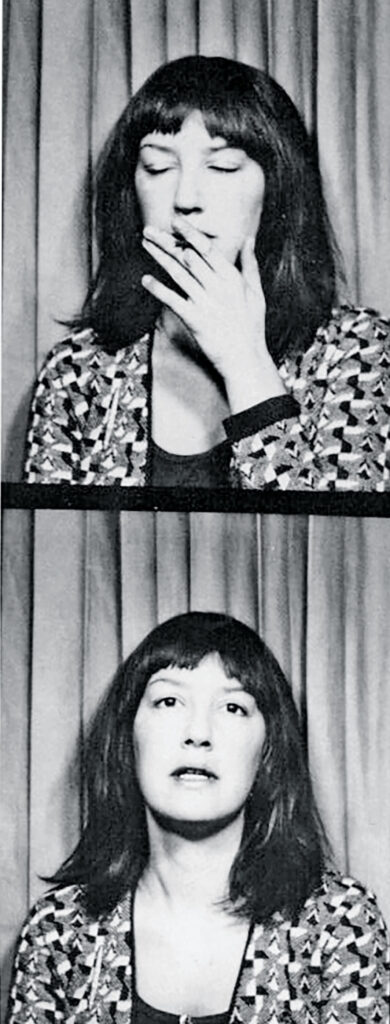 Just found out essayist Eve Babitz died yesterday. Her singular, obstinate sensuality formed me like no other. I’m beyond bereft.
Just found out essayist Eve Babitz died yesterday. Her singular, obstinate sensuality formed me like no other. I’m beyond bereft.
To people in the know, Eve Babitz was the West Coast It Girl of the 1960s and ’70s. Born in May 1943, she marshaled Taurus’ practical magic from the start: Igor Stravinsky was her godfather and Greta Garbo, Bertrand Russell, and Charlie Chaplin, her family friends. A self-proclaimed “groupie-adventuress,” she designed album covers for Linda Ronstadt, the Byrds, and Buffalo Springfield, befriended everyone from Frank Zappa to Salvador Dali, and counted Steve Martin, Jim Morrison, Harrison Ford, and Annie Lebowitz among her many lovers. She was the nude girl in that famous photograph of Marcel DuChamp playing chess, and an extra in Godfather II because, well–why not? But it was as a writer that she shined brightest.
Babitz was living proof that muses could be the sharpest tacks in the room. Her writing was so lush and lean that she made us believe lush and lean were not mutually exclusive. Only Eve could inspire you to buy seven caftans and all the ingredients of a tequila sunrise after reading 10 pages of her book. The cocaine and caviar were optional.
I first discovered Babitz at age 9. Prowling a yard sale, I found a dog-eared copy of her Slow Days Fast Company, and devoured it without grasping a quarter of the references. (Poppers? Ménage à trois? It all sounded delicious.) Her well-read, half-bred, doggedly unwed perceptions imprinted on me, though. Like me, she had a gorgeous shiksa mother and a brainy Jewish dad and like me she rejected “niceness” on the grounds that it precluded too much pleasure and too many good points.
She was my kind of Eve.
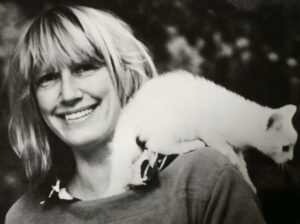 Babitz’s languid self-enchantment and self-reckoning taught me to value my own delight. It’s not that she didn’t value beauty–she worshipped it–but she had no patience for arranging herself to satisfy another’s gaze. In recent years, she’d become more of a recluse but her stubborn magic continued to find self-proclaimed goddaughters like myself. Girls who didn’t want to be chicks so much as broads, girls who wanted to befriend the people they bedded, not wed them. Her words will forever evoke a paradise found, and her faith in authentic pleasure will endure as a treasure map to our own.
Babitz’s languid self-enchantment and self-reckoning taught me to value my own delight. It’s not that she didn’t value beauty–she worshipped it–but she had no patience for arranging herself to satisfy another’s gaze. In recent years, she’d become more of a recluse but her stubborn magic continued to find self-proclaimed goddaughters like myself. Girls who didn’t want to be chicks so much as broads, girls who wanted to befriend the people they bedded, not wed them. Her words will forever evoke a paradise found, and her faith in authentic pleasure will endure as a treasure map to our own.
Please yourself today in the name of Lady Eve.
Bye Bye, Burger
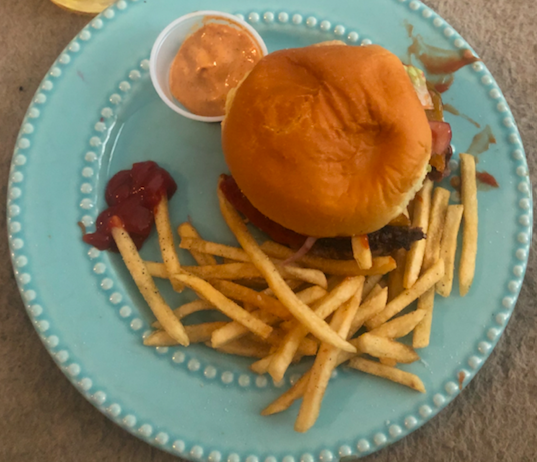 This could very well be the last hamburger I ever eat. Ever since my teen years, even when otherwise a vegan, I’ve had a burger once a month—and you know what time of the month I’m talking about. My menopause dovetailed with the pandemic—nothing like a hormonal shitstorm in an incubation tank—so this is the first burger I’ve needed in months. I celebrated with a whiskey and the premiere of And Just Like That, which leans as hard into the beautiful melancholy of middle age as I do.
This could very well be the last hamburger I ever eat. Ever since my teen years, even when otherwise a vegan, I’ve had a burger once a month—and you know what time of the month I’m talking about. My menopause dovetailed with the pandemic—nothing like a hormonal shitstorm in an incubation tank—so this is the first burger I’ve needed in months. I celebrated with a whiskey and the premiere of And Just Like That, which leans as hard into the beautiful melancholy of middle age as I do.
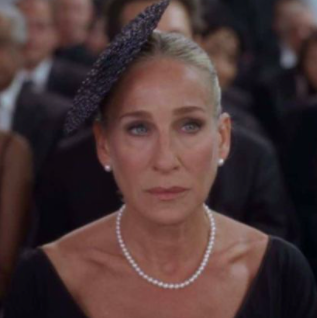 I never thought I’d mourn menstruation but over the years I grew grateful for its regulated highs and lows, for a clock and calendar that was my very own. Bidding farewell to my period is bidding farewell to youth, once and for all. And that is proving way harder than I thought, because mortality has never loomed larger. (We’ve all been experiencing that lately.) I send every other middle-aged broad a bite of this burger. We fucking earned it just by sticking around in a world that rarely recognizes how beautiful we are.
I never thought I’d mourn menstruation but over the years I grew grateful for its regulated highs and lows, for a clock and calendar that was my very own. Bidding farewell to my period is bidding farewell to youth, once and for all. And that is proving way harder than I thought, because mortality has never loomed larger. (We’ve all been experiencing that lately.) I send every other middle-aged broad a bite of this burger. We fucking earned it just by sticking around in a world that rarely recognizes how beautiful we are.
On Fosse and Other F Words
Every year as soon as daylight saving hits, I fall back into my Bob Fosse obsession. This month, in addition to mainlining his films, interviews, clips, I’m rereading Sam Wasson’s excellent Fosse biography and feeling new empathy for the dancer/choreographer/director’s struggles. Many, many people are boozers, pill poppers, cheaters, nihilists. What distinguished Fosse was the depth and charge of his creative solution to those shadows.* It’s a solution I crave.
In Fosse’s works flowed the brass tacks of vaudeville, the flourishes of the MGM musical, the liquid grace of jazz filtered through his uniquely from-the-hip economy. All of it—from the depressive cheer of “We Got the Pain” to the death drag of “All That Jazz”— paved the way for the 21st century’s “irony-is-the-new-black” ethos, eros, aesthetic. Every major icon of the last 50 years owes Fosse – from Michael Jackson to Liza to Madonna to Britney to Lady Gaga and even Beyoncé. Fashion would not be fashion without his exposed garter belts and fishnet stockings. The world is still catching up with his matter-of-fact-jack on sexuality and race.
Just look at this Little Prince (1974) scene, possibly Fosse’s last dance on film. The gloves, glasses, black ruffles, hip and neck swivels, pelvis thrusts, flexed fingers, shoulder shimmies, heel-to-toework is all so modern—so timeless, really. It’s Michael Jackson a decade later. Bojangles 50 years before. And something delightedly, self-consciously Fosse that will always charm us.
But while Bobby may have been a snake, an ouroboros he was not. 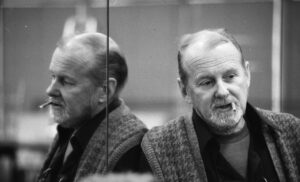 Through space and time, he continues to feed us. All autumn I’ve been seeking grace everywhere–film, faces, fashion, footwork (sadly, not fucking). Only Fosse–that ultimate F word–saves me from myself.
Through space and time, he continues to feed us. All autumn I’ve been seeking grace everywhere–film, faces, fashion, footwork (sadly, not fucking). Only Fosse–that ultimate F word–saves me from myself.
 Through space and time, he continues to feed us. All autumn I’ve been seeking grace everywhere–film, faces, fashion, footwork (sadly, not fucking). Only Fosse–that ultimate F word–saves me from myself.
Through space and time, he continues to feed us. All autumn I’ve been seeking grace everywhere–film, faces, fashion, footwork (sadly, not fucking). Only Fosse–that ultimate F word–saves me from myself.—————————————-
*The downfall of most biopics is an overemphasis on the demons of seminal talents rather than their unique achievements.
